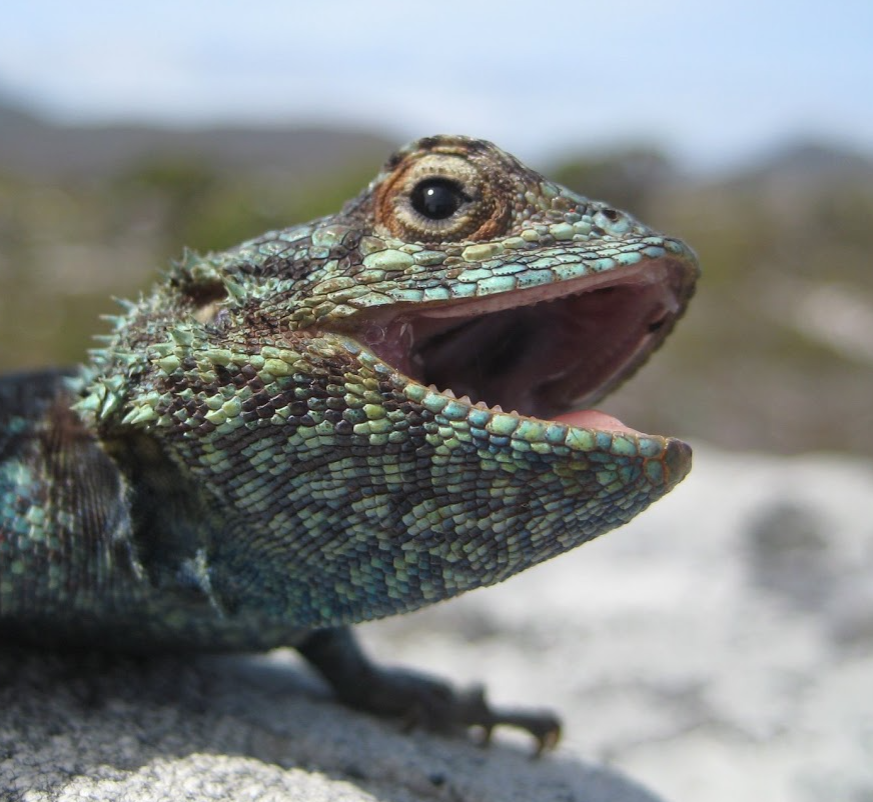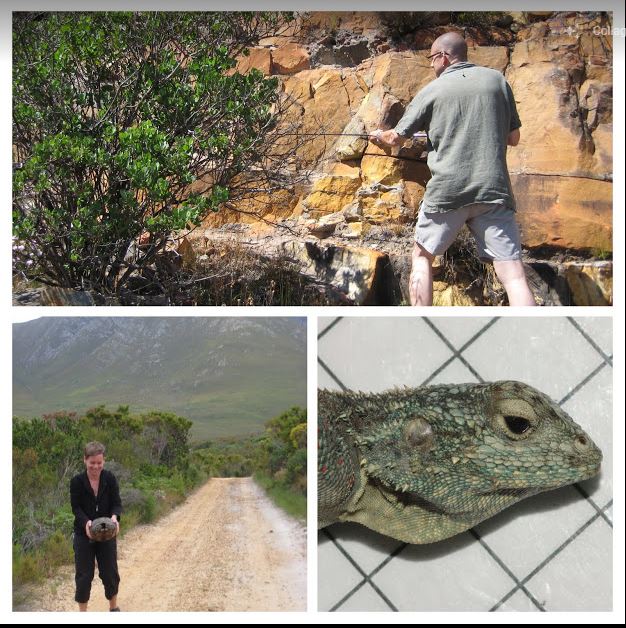Recycling text - new guidelines clarify a thorny issue
I have written elsewhere on this blog about plagiarism. Plagiarism is when you copy text from a source document somebody else has written, and paste it into your own document. You will be aware that plagiarism is not acceptable either for any documents that you hand in at the University or for anything that you want to publish (see blog entry on plagiarism).

- But what if the source document that you want to copy from is something that you've written yourself?
- Does this still count as plagiarism?
- Or is it text recycling?
In some new guidelines, recently published, Hall et al (2021) help demystify text recycling in its different formats and explain what is permissible when and why.
|
Text recycling |
Example |
|
Developmental |
Reusing text that you have written but not published, for example in your proposal or thesis. |
|
Generative |
Use of already published text that becomes more obscure when you attempt to reword it, such as technical settings in your methods. |
|
Adaptive |
Using text published in one format on the same subject but for a different audience. For example, using some text published in a paper for a popular article. |
|
Duplicate |
Repeating published text wholesale for intention to publish again for the same audience. |
Developmental recyclingis when you are reusing text that you have written for example between your proposal and something you intend for publication or in an ethics application that you also want to use in your thesis. All of this sort of developmental recycling is permitted and actually encouraged. I would further encourage you to use the opportunity of recycling this text to develop it and refine it further, condensing and improving where you can.
Generative recyclingis where you take pieces of already published text for example from the methods when it does not make sense to change the text or actually makes it more obscure to reword it in order to avoid plagiarism. In my experience this doesn't amount to more than a few sentences describing technical settings on equipment. However this will depend strongly on your own subject area and may amount to larger chunks of text. In my previous advice on generative recycling I suggested that it is usually possible to reword most of the methods sections of papers. I reiterate here that this is the most preferable outcome and that you avoid any text recycling at all. You should really only be generatively recycling material if you cannot avoid it. These are situations where the text becomes more obscure by your attempts to reword it. There are some extra guidelines for generative recycling where you should have been an author preferably the lead author on the original text and that you make it transparent that the text has been recycled to readers (via a citation) and you may also want to declare it in your cover letter if there are no journal guidelines. Also make sure that any co-authors are aware.
Adaptive recyclingis where you are using published text for example for my paper as the basis for content in a popular article online or in a magazine or op-ed. I think that this kind of text recycling is quite unnecessary because you almost certainly need to reword your text for a different audience. There maybe times such as figure legends where you need to reuse text that was already published. If you do find yourself in such a position then check with the copyright owner of the material that you are able to reuse the text that you want without legal issues.
Duplicate recyclingis where large tracts of texts are essentially the same for the same message and audience. This is never likely to be sanctioned as it suggests that you are attempting to publish the same work twice. It will not be legal or ethical.
Read More:
Hall, S, Moskovitz, C, and Pemberton, M (2021) “Understanding text recycling. A Guide for Researchers” Text Recycling Research Project:https://textrecycling.org/resources/


